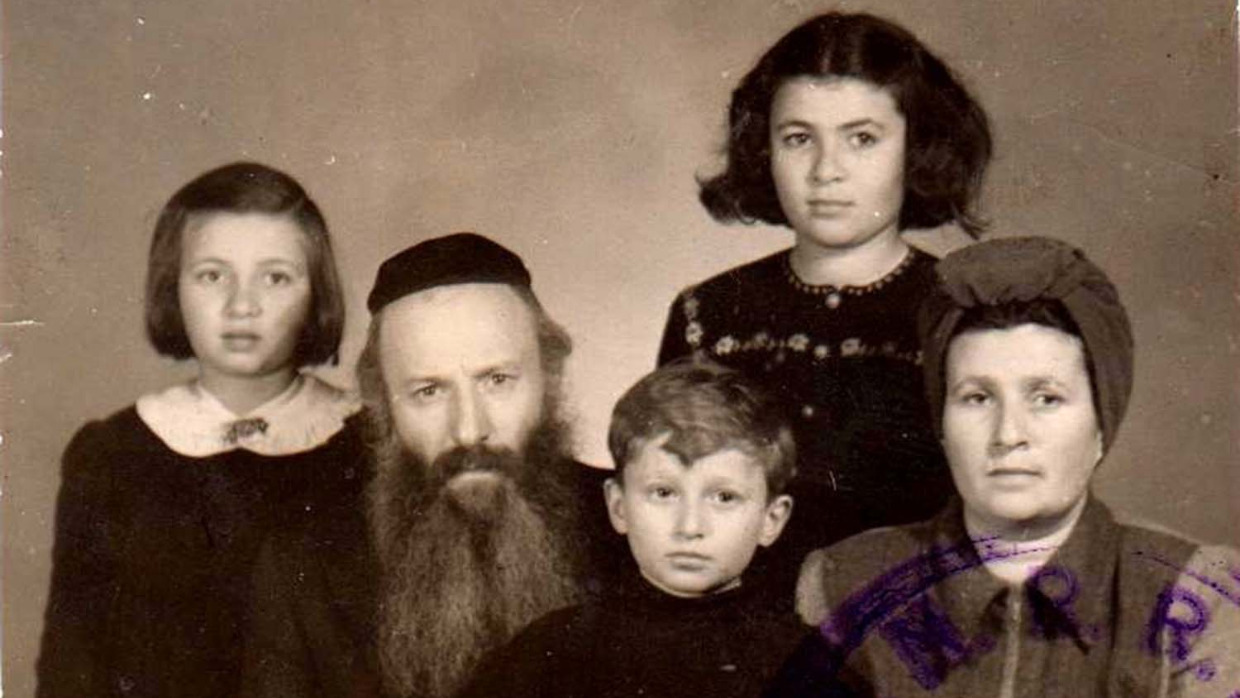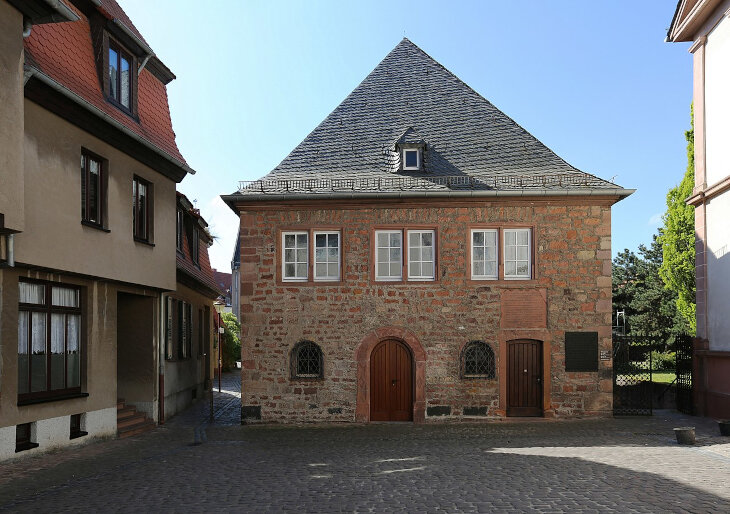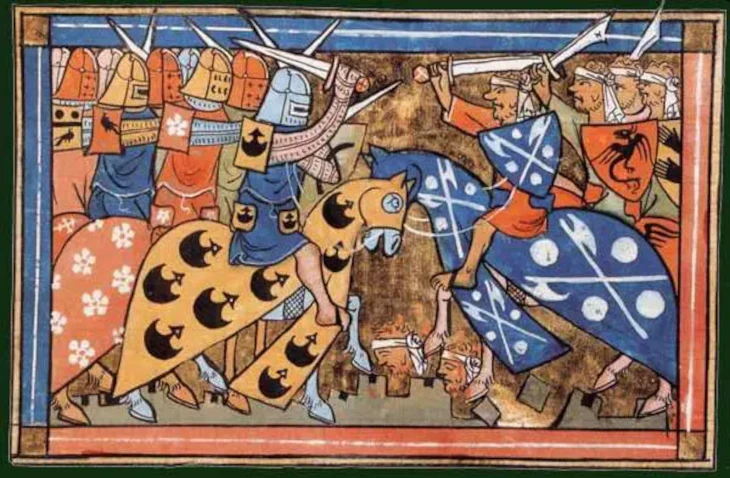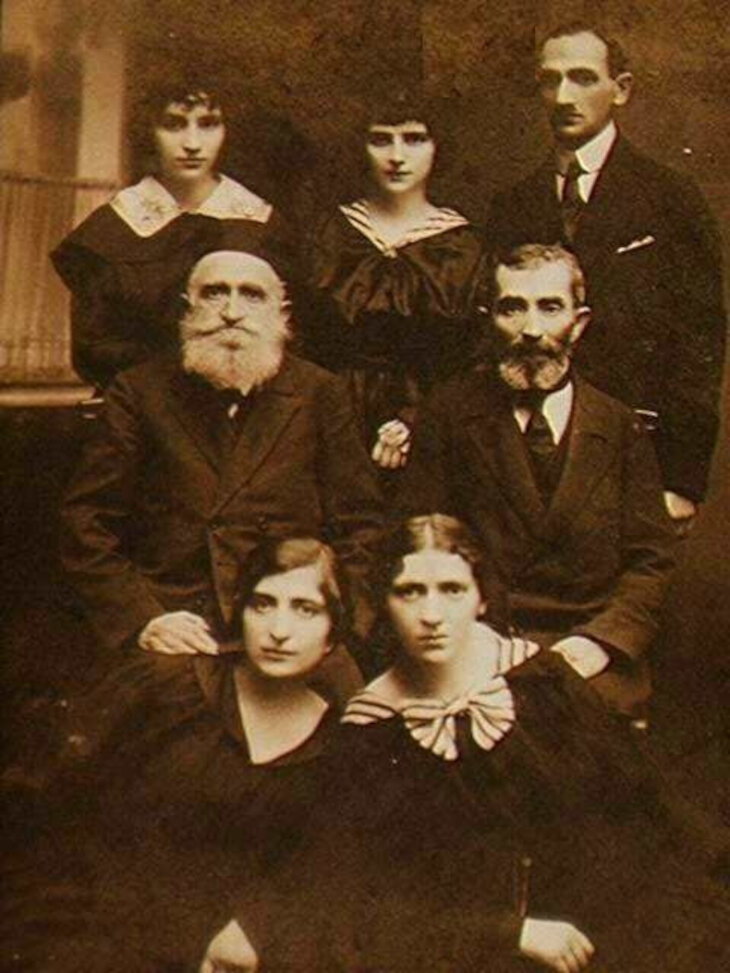 Identifying as a Jew
Identifying as a Jew

Jewish Geography

Jewish Geography
9 min read
Ashkenazi Jews account for about 70 percent of Jews worldwide. What are the origins, history, traditions, and foods of the largest Jewish community?
Ashkenazi Jews are the descendants of Jewish people who settled in and around the Rhineland Valley, in what is today Germany and France, about 1,100 years ago. The community’s first intellectual center was established in Mainz, Germany, under the auspices of Rabbi Gershom ben Judah, known as Rabbeinu Gershom, Meor HaGaolah (our teacher Gershom, the light of the exile).
Other important early centers were in the cities of Worms (also in Germany), and Troyes in northern France. These schools had a profound influence on the development of Jewish scholarship, culture, and law; and produced some the Jewish people’s most important scholars, including Rashi (Rabbi Shlomo Yitzhaki, 1040-1105), the Rashbam (Rabbi Shmuel ben Meir, 1085-1158), Rabbeinu Tam (Rabbi Yaakov ben Meir, 1100-1171), and many others.
The dawn of Ashkenazi Jewry coincided with the first Crusades—a time of existential angst in the Christian world—and marked the start of almost 1,000 years of attacks, persecutions, expulsions, pogroms, massacres, and other horrors against Jews at the hands of Christian mobs, often with the encouragement of their church leaders and governments. As a result, Ashkenazi Jews were often on the move, and, over the centuries, established communities throughout Europe, with large populations centered in places like Poland, Lithuania, Ukraine, and Russia.
 Exterior of Rashi's Synagogue, Worms, Germany
Exterior of Rashi's Synagogue, Worms, Germany
Ashkenazi Jews began leaving Europe en masse in the late 19th century, and an estimated 2.8 million Jews of European descent immigrated to the United States between the early 1880s and 1924, when the U.S. changed its immigration policies. Of the 8.8 million Jews who remained in Europe before the onset of World War II, Nazi Germany and its Eastern European accomplices murdered an estimated six million of them, effectively ending the history of European Jewry.
For most of the last 1,000 years, Ashkenazi Jews spoke Yiddish—a Germanic-based language that also incorporates Slavic languages, Hebrew, and Aramaic expressions from the Talmud—and lived in small, insular communities, and often in dire poverty. Much of that changed—at least for some—with the Enlightenment (1650-1850), emancipation, immigration to America, and subsequent assimilation into the non-Jewish world, with many Ashkenazi Jews establishing themselves at the forefront of major advances in science, finance, business, philosophy, politics, activism, and the arts.
Today, Ashkenazi Jews comprise about 70 percent of world Jewry, with the vast majority living in Israel and the United States.
Table of Contents
Small pockets of Jews were living in Europe, and other outposts of the Roman Empire, for as much as a thousand years before the beginnings of Ashkenazi Jewry, although the true birth of the community seems to be the establishment of the intellectual centers of Mainz, Worms, and Troyes in the 10th and 11th centuries, and the great scholars associated with them like Rabbeinu Gershom, Rashi, and others.
The history of Ashkenazi Jews is also the history of European antisemitism, which, while always dormant, ramped up in levels of ferocity with the onset of the Crusades.

In the tenth century, Christian Europe was gripped with “millennium fever” and the certainty that Jesus would return in the year 1000. That didn’t happen, and Christians directed their wrath and disappointment at the Jews who not only rejected Jesus in his lifetime, but—by virtue of retaining their Jewish beliefs—continued to reject him.
The Crusades (starting in 1095) was the first large-scale European mob violence directed against Jews, and became the pattern until modern times. It is estimated that between 30 and 50 percent of Europe’s Jews were slaughtered by Crusader mobs making their way through Europe en route to liberate the holy land (where they murdered Jerusalem’s Jewish community upon arrival).
And yet, in the ensuing centuries, the Jewish experience in Europe somehow managed to get worse. Ashkenazi Jewish history is marked with blood libels, or the specious claim that Jews a) need Christian blood to bake matzah, and b) are willing to murder to get it; blame for the bubonic plague; expulsions; pogroms; forced confinement, like Russia’s Pale of Settlement; race laws and decrees; public book burnings, including the burning of the Talmud in France (in 1242); and, ultimately, the Holocaust.

That’s not to say that Ashkenazi Jews cowered in fear or lived a listless, haunted existence. Despite the hardships and persecution, Ashkenazi Jewish history is also marked by periods of incredible scholarship, including the publication of important Biblical and Talmudic commentaries, legal codes, and major works of philosophy; communal and cultural development; important innovations in spiritual, philosophical, and theoretical thought; major contributions to secular disciplines like science, business, political theory, and the arts (especially after the Enlightenment); and significant population growth.
Yet despite over a thousand years of history, the Jews of Europe were living on borrowed time. The first major exodus was in the early 1880s, following a wave of pogroms in the wake of the assassination of Czar Alexander II in Russia. An estimated 2.8 million Jews—primarily from the Russian Pale of Settlement—immigrated to the United States between the early 1880s and 1924. A much smaller number joined various Zionist organizations and causes, and moved—or began making their way—to Israel.
 the Pale of Settlement and Congress Poland, with the percentages of Jewish population c. 1905
the Pale of Settlement and Congress Poland, with the percentages of Jewish population c. 1905
But the death knell came with the Holocaust. An estimated six million Jews—about two-thirds of European Jewry—were murdered in Nazi roundups, ghettos, and death camps. Very few survivors opted to stay, with many moving to Israel, the United States, and other nations willing to take them. Nowadays, with the exception of England, France, and a few smaller communities, the Jewish history of Europe is, for the most part, over.
Ashkenazi cuisine is the convergence of Jewish dietary restrictions, limited financial resources, culinary ingenuity, and the foods available in central and eastern Europe.
Some foods, like gefilte fish—ground pike or carp, and usually served with chrain, a spicy dip made from grated horseradish and beets—and cholent, a slow-cooked meaty stew, were devised in accordance with the various food-related Sabbath prohibitions in mind. Other foods have symbolic meanings, like kreplach, which is a type of dumpling with meat “hidden” inside that’s eaten on “hidden holidays” like the day before Yom Kippur and Purim; and kugel, a type of casserole, that may descend from pashtida, a layered concoction that’s mentioned in the Talmud.

Other well-known Ashkenazi foods include bagels, herring, rugelach, and other carb-heavy treats; as well as foods, like overstuffed deli sandwiches and knishes, that Jewish immigrants developed after arriving in New York. Ironically, despite the prevalence of potatoes in Ashkenazi cooking, potatoes, i.e. andean tubers, are indigenous to the Americas, and didn’t make their way to Eastern Europe until the mid-1800s, yet, given their low cost and utility, quickly became an Ashekanzi staple.
Hasidic Jews are Ashkenazi Jews. The Hasidic movement is a spiritual movement that was started in the mid-1700s by Rabbi Israel ben Eliezer, better known as the Baal Shem Tov. The first Hasidic Jews lived in the Russian Pale of Settlement, in parts of what is now Ukraine, Belarus, Russia, and Poland. By the mid-1800s, Hasidic teachings had swept through most of Eastern Europe with as many as half the region's Jews identifying as followers of the movement.

Hasidic Judaism is a spiritual discipline rooted in mystical teachings that emphasize prayer, joy, meditation, and an awareness of God’s love for you. Although Hasidic groups vary greatly, they’re generally led by a spiritual leader, called a Rebbe, who in many instances inherited the position from his father; pray from a prayer book that incorporates some of the language and customs of the Sephardic tradition (called “Nusach Sefard”); grow out their beards and sidelocks (called peyos); and wear distinctive clothing and hats.
The name, Ashkenazi, is from the book of Genesis (10:3), which lists Ashkenaz as a son of Gomer (a grandson of Noah). The name was associated with the Scythians (Ishkuza in Assyrian), an ancient people from around the area of the Black Sea, although by the 10th century—probably because of a similarity between “Gomer” and “Germamia” (what the Romans called the people west of the Rhine)—it came to refer to what’s today called Germany, and in particular, the Jewish Germanic language, Yiddish. As Jews moved deeper into Eastern Europe, they took their language, and the name “Ashkenaz” with them.1
The Ashkenazi Jewish community originated in the German Rhineland about 1,100 years ago, and, in the face of aggressive antisemitism and persecution, migrated east, establishing major communities throughout Eastern Europe. Ashkenazi Jews have been at the forefront of major innovations, both religious and secular, and have had an oversized impact on the development of the western, and modern, world. Despite almost 1,000 years of history, waves of immigration and the Holocaust effectively ended Jewish life in Europe, with most of the world’s Ashkenazi Jews today living in Israel and the United States. Ashkenazi Jews account for about 70 percent of world Jewry, making them the largest Jewish population.
Although the state of Israel does not keep an official tally of Jews of Ashkenazi, Sephardi, or other backgrounds, an estimated 44 percent of Israel’s Jews—including more recent arrivals from the former Soviet Union—identify as Ashkenazi. Worldwide, Ashkenazi Jews account for about 70 percent of all Jews, with the vast majority of them living in Israel and the United States.
According to a study published in 2014,2 most Ashkenazi Jews descend from just 350 people, making them all, in effect, 30th cousins. That tight gene pool, as well as centuries of in-marriage and living in small, insular communities, also explains the high concentration of genetic diseases amongst the population. The most common diseases include: Gaucher Disease, Cystic Fibrosis, Tay-Sachs Disease, Familial Dysautonomia, and Spinal Muscular Atrophy.3 Also, as many as one in 40 Ashkenazi Jewish women carry the BRCA mutation, which puts them at high risk for breast and ovarian cancer.4
Featured Image on top: Passport photo of Rabbi Schmuel Dovid Walkin and family, in Shanghai, escaping from the Nazis

Did the ashkenazi Jews just pop out of the ground in the Rhineland 1,000 years ago? Where were they from? How did they get there?
It would be helpful to know the history of the Ashkenazi population from before this period.
Hi, great article. But you need to make it clear that while Ashkenazi Jewish history began over 1,000 years ago, we, and all of those we are descended from, like ALL Jews, originated in the Middle East. Otherwise, you risk playing into the hands of antisemites who claim that we are not Middle Eastern at all, but that we originate in Europe, and therefore have no claim to Eretz Yisrael.
Excellent point.